When we think about mold, the first thing that often comes to mind is the greenish fuzz that occasionally appears on forgotten leftovers. But mold isn't always so obvious. It can be lurking in some of the most unexpected places in your kitchen, hidden away in foods you consume daily.
While some molds are visible, others can be invisible to the naked eye, posing potential health risks. In this post, we'll uncover the common foods that may harbor hidden mold, how it can affect your health, and tips for keeping your kitchen mold-free. Whether you're aiming to improve your diet, manage allergies, or simply stay informed, understanding where mold might be hiding is an essential step in safeguarding your well-being.
What happens if you eat mold?
Before sharing why (and other top foods that contain hidden mold), let’s first understand what happens when you eat foods with mold on them.
Molds are microscopic fungi that are a natural part of the environment; they’re found almost everywhere moisture and oxygen are present. There are tens of thousands of species of mold, and they spread by producing tiny cells called spores.
Not all types of molds are harmful:
- “Good” molds: Penicillium roqueforti is used to make blue cheeses, and penicillium camemberti is used to make camembert and brie cheese. These molds are safe to eat.
- “Toxic molds”: Certain types of molds can produce toxic substances called mycotoxins, which can cause a variety of adverse health effects, ranging from acute (e.g., allergic reactions) to chronic (e.g., a mycotoxin called aflatoxins can be carcinogenic to humans). Mycotoxins are relatively heat resistant, meaning you can’t “kill” mycotoxins by cooking moldy foods.
9 foods that may contain toxic hidden mold
Mold thrives in the presence of moisture and nutrients, which is why it’s likely to be lurking in the following foods:
- Berries and Soft Fruits Berries: particularly strawberries, raspberries, and blueberries, are notorious for harboring mold. Even if you don't see it on the surface, mold spores can quickly develop inside the fruit, especially if they are stored in a warm, moist environment. To reduce the risk, inspect berries carefully before purchasing, store them in the refrigerator, and consume them quickly.
- Bread and Baked Goods: Bread and baked goods are another breeding ground for hidden mold. Even if the exterior appears fine, mold can start growing inside due to moisture trapped within the loaf or pastry. This is particularly true for homemade or preservative-free bread. Always store bread in a cool, dry place, and if in doubt, it’s safer to discard it rather than take a risk.
- Dried Fruits: Dried fruits, like raisins, apricots, and prunes, can contain hidden mold due to the drying process, which sometimes doesn't eliminate all the moisture. This leftover moisture can create a perfect environment for mold to thrive, even in sealed packages. It’s advisable to store dried fruits in airtight containers and check for any off-smells or textures before eating.
- Cheese: Soft cheeses, like brie, camembert, and blue cheese, are especially prone to mold, which is sometimes an intentional part of the cheese-making process. However, even cheeses that don't visibly show mold can be contaminated. Mold can penetrate deeper than just the surface, especially in soft varieties. To prevent this, store cheese properly, and if you see mold on a hard cheese, cut at least an inch around and below the moldy spot.
- Nuts and Nut Butters Nuts and nut butters can also harbor hidden mold, particularly if stored improperly. Mold spores can develop on nuts during processing and storage, especially in warm, humid conditions. To avoid this, store nuts in a cool, dry place, and refrigerate nut butters after opening to extend their freshness.
- Grains and Cereals Grains like corn, wheat, and rice, as well as cereals made from them, can also contain hidden mold. Mold contamination often occurs during storage, particularly if the grains have been exposed to moisture. To minimize risk, store grains in airtight containers and avoid purchasing in bulk unless you can ensure proper storage conditions.
- Coffee Beans: Coffee beans, particularly those that are stored in humid environments, can develop mold. This mold can persist even after roasting, meaning it can end up in your morning brew. Opt for high-quality beans, store them in a dry, cool place, and use them within a few weeks of purchase to reduce the risk.
How to minimize your consumption of toxic mold
Beyond carefully screening all foods you eat for mold and sticking to the above food mold guidelines, you could also minimize your consumption of toxic mold by:
- Buying reputable brands of nuts and nut butters
- Rejecting any products with unclean, opened, or damaged food packaging
- Refrigerating perishable items promptly
- Keeping fruits and vegetables dry
- Consuming foods within the expiry date
Hidden mold in food is more common than most people realize, but by being vigilant and following good storage practices, you can significantly reduce your exposure. Always trust your senses—if something smells off, tastes unusual, or looks suspicious, it's better to be safe and discard it. By staying informed and cautious, you can protect your health and enjoy your food without the worry of hidden mold.




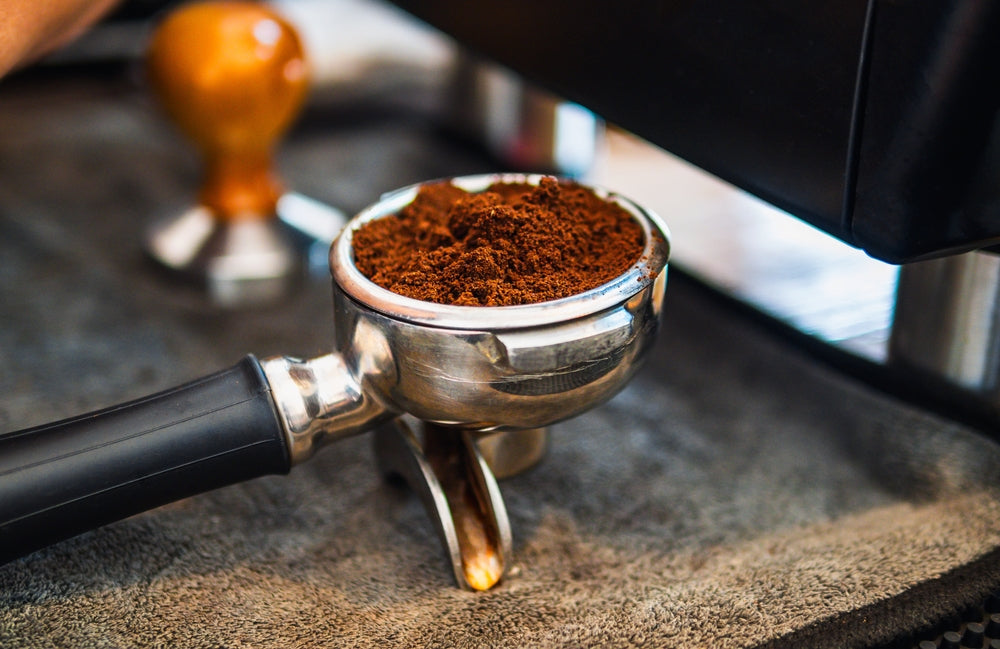




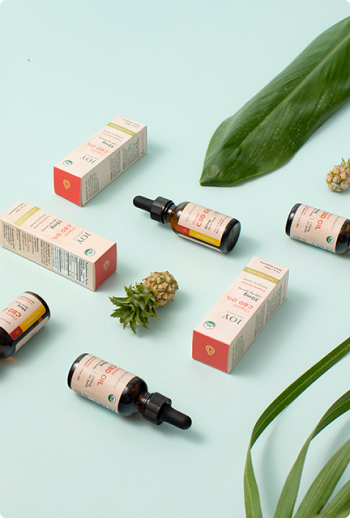
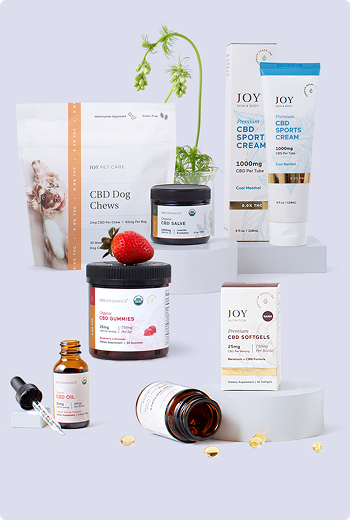
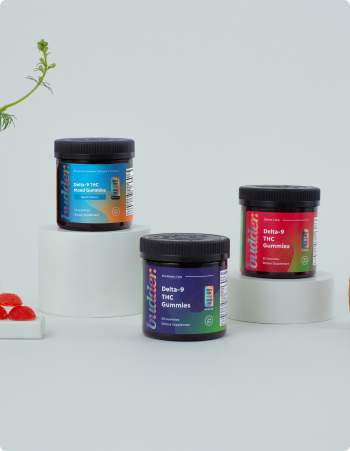












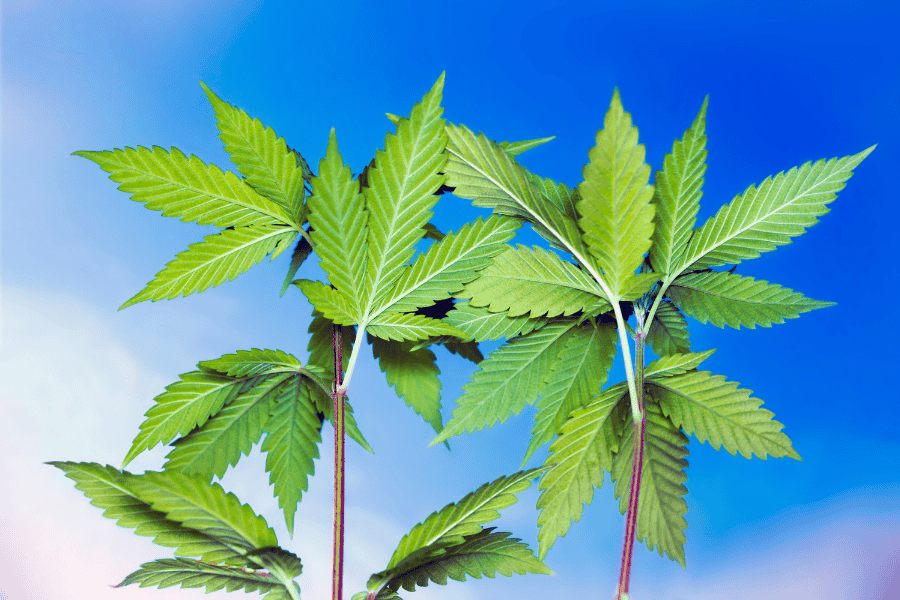


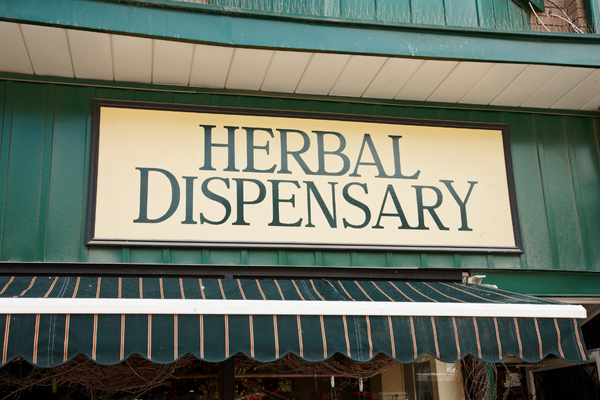



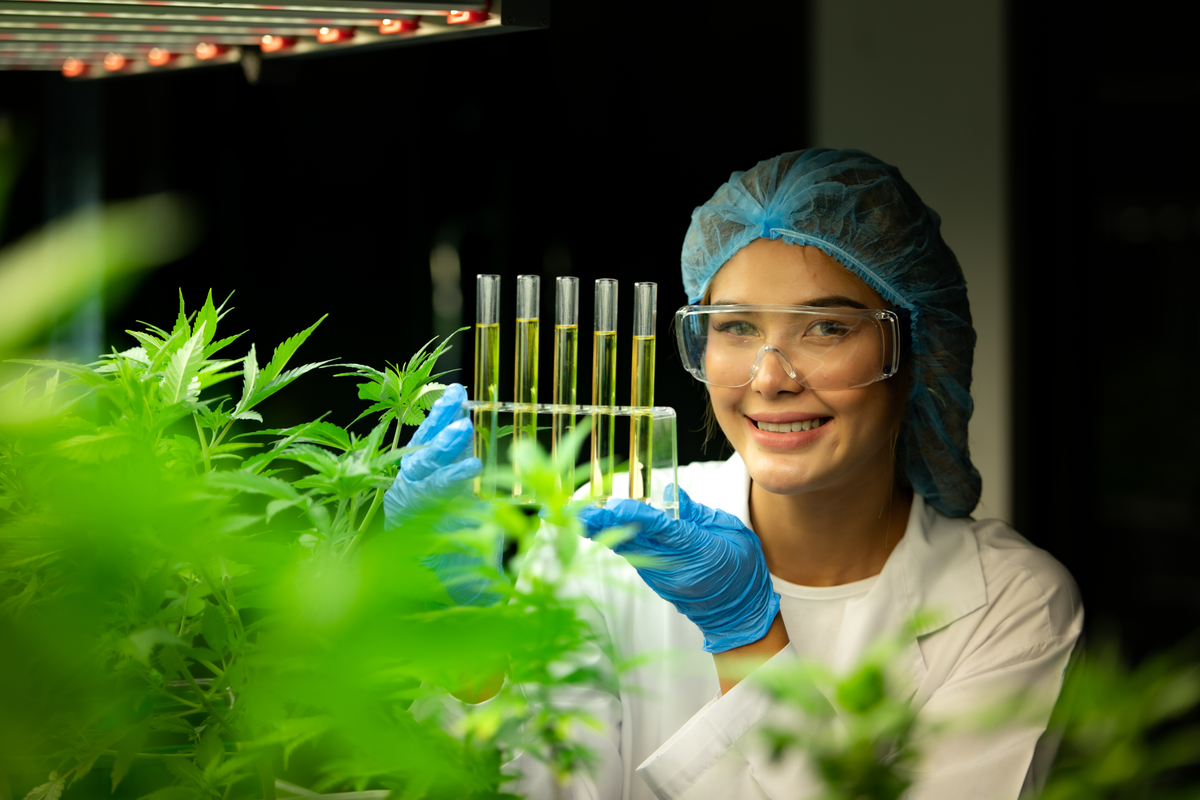

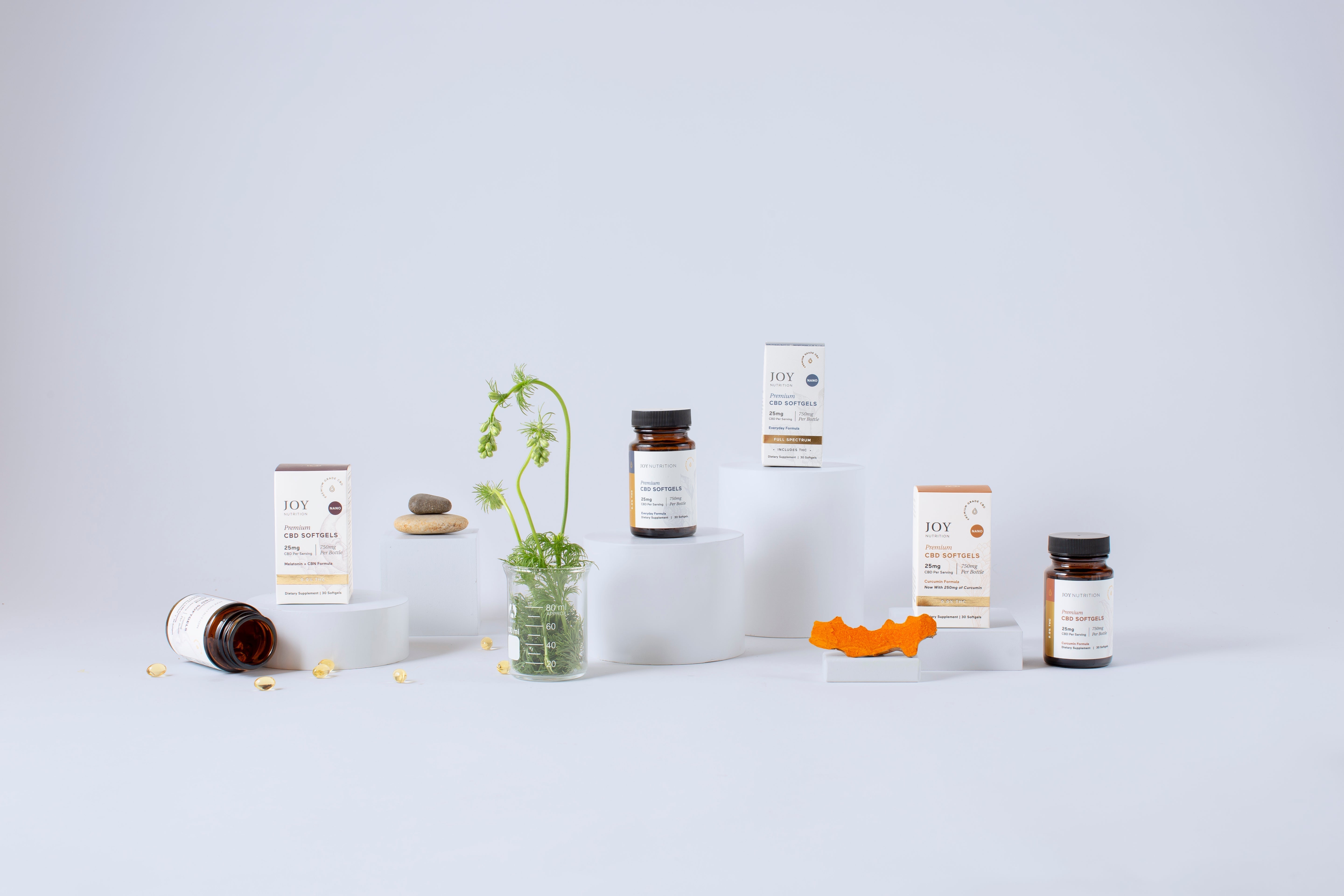



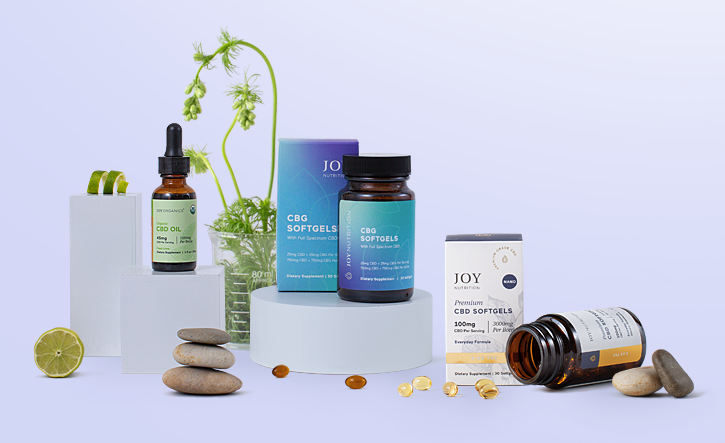


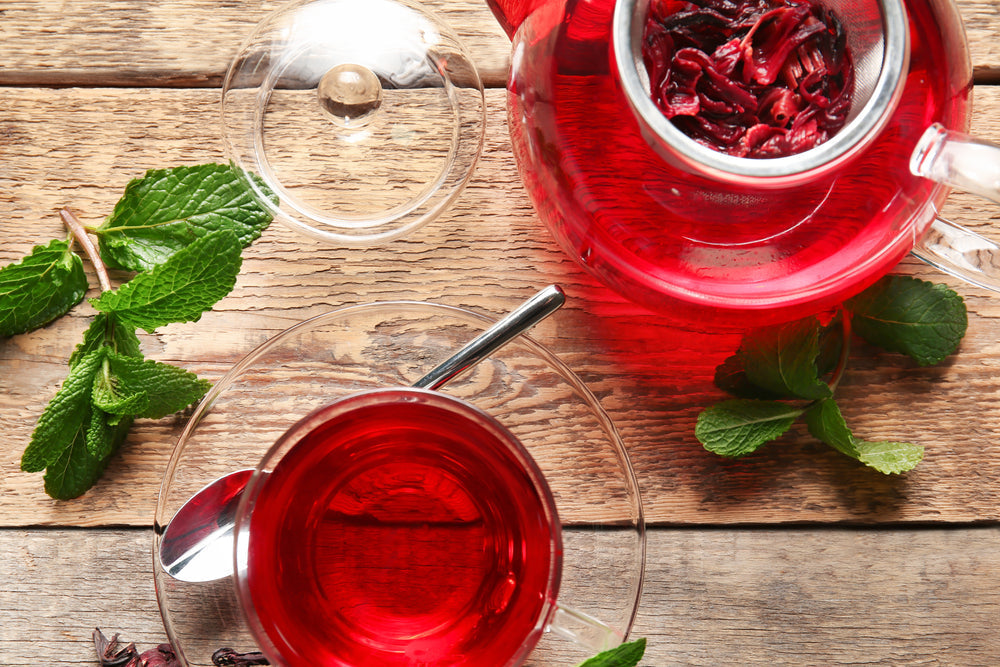



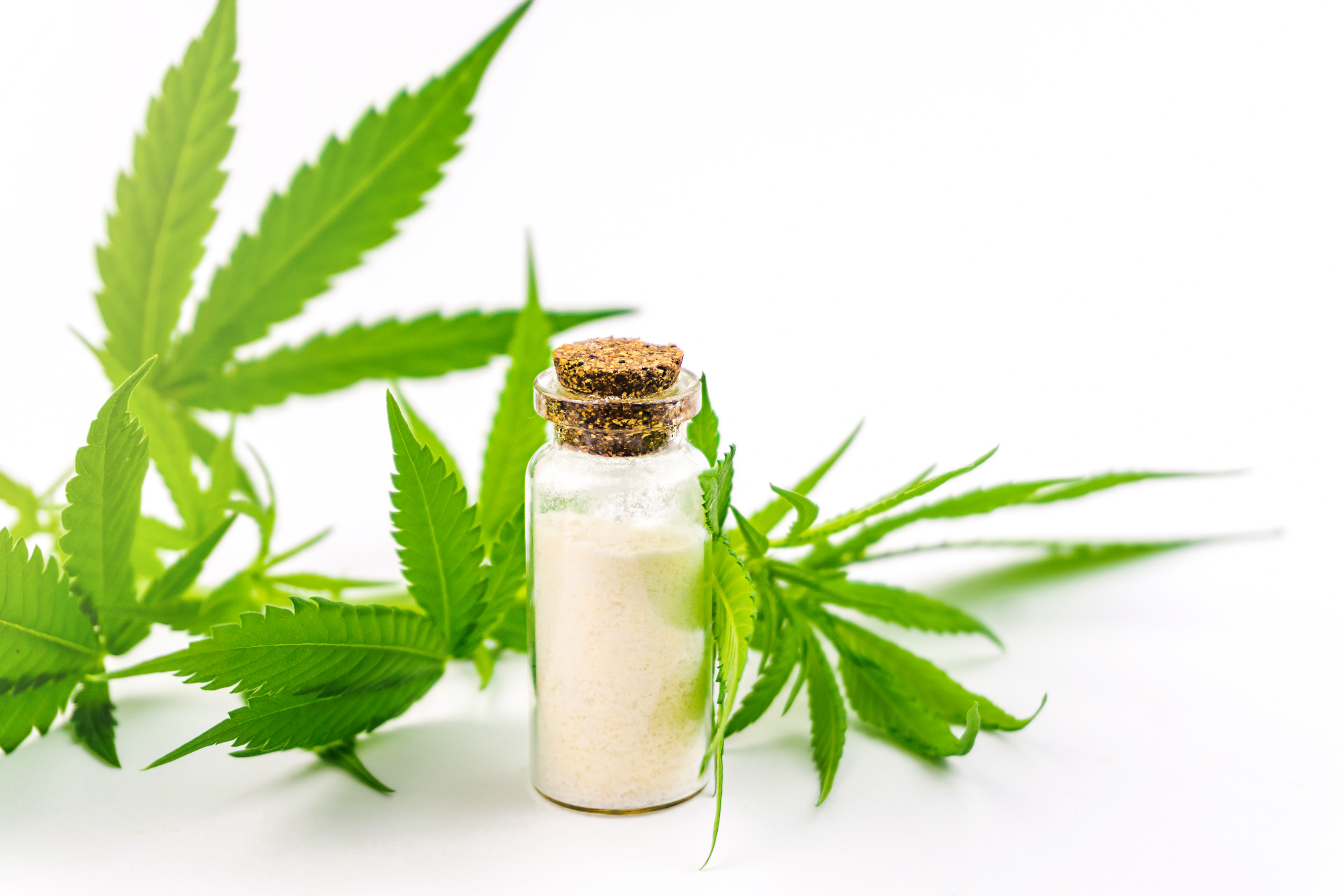
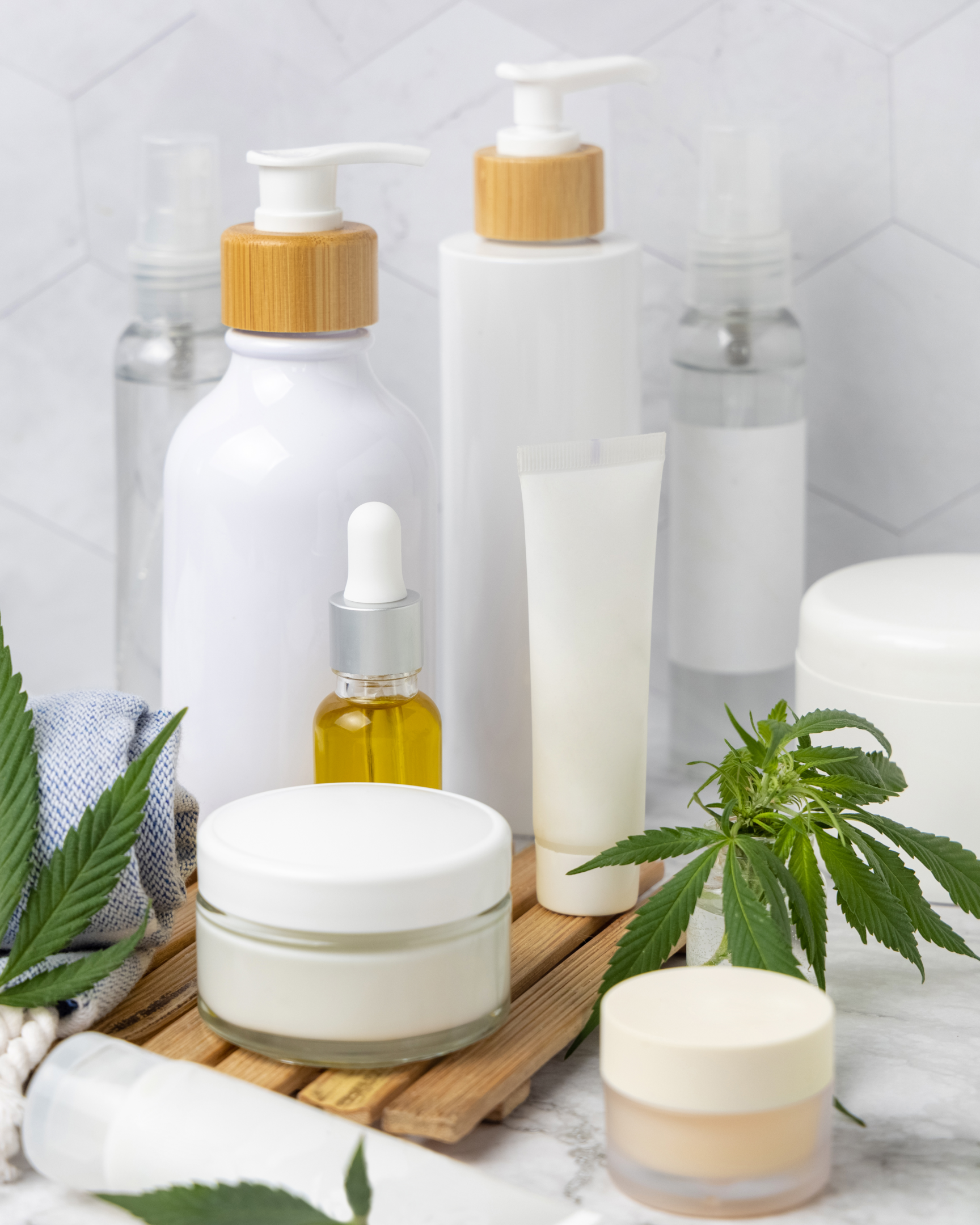
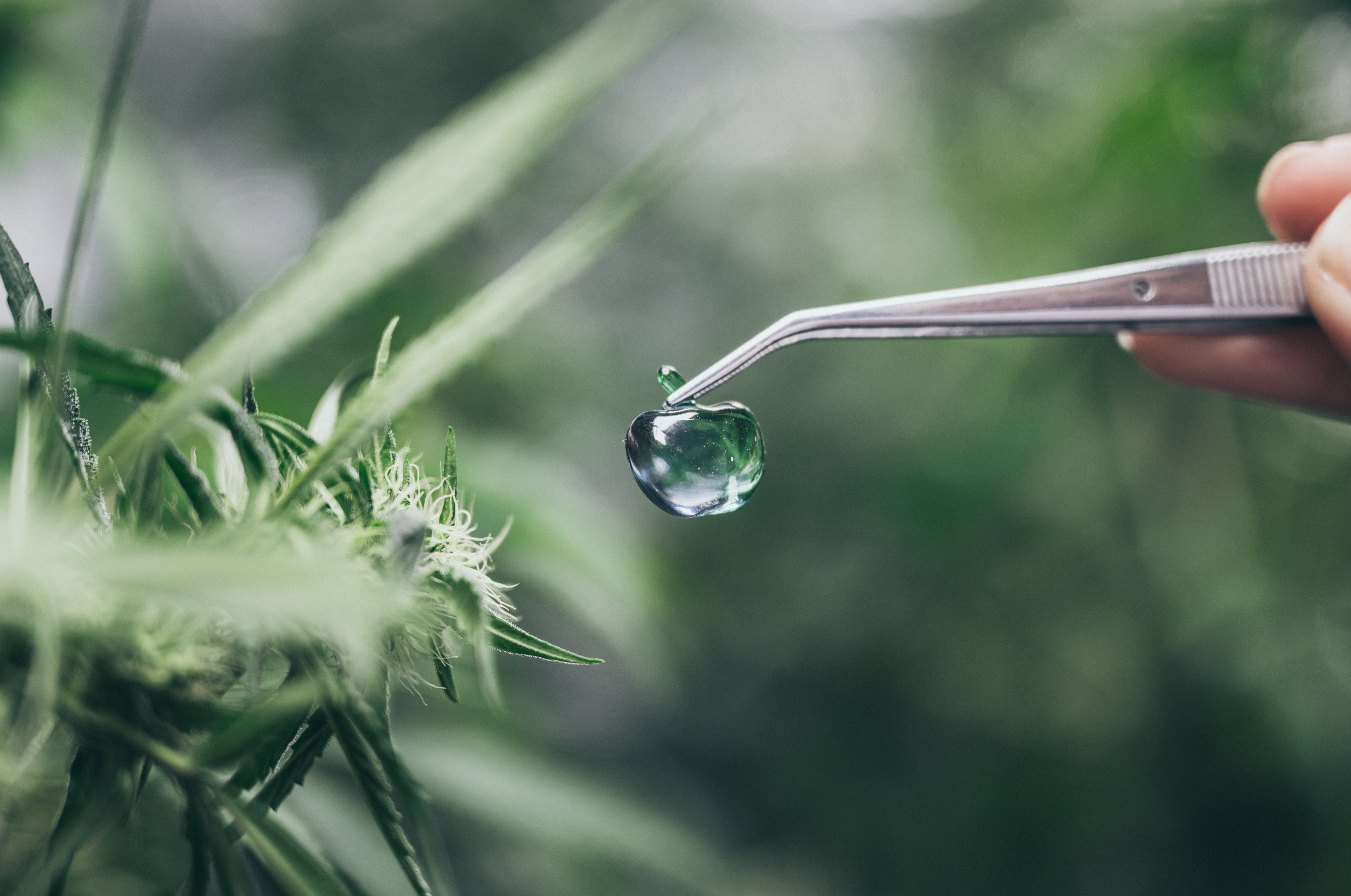
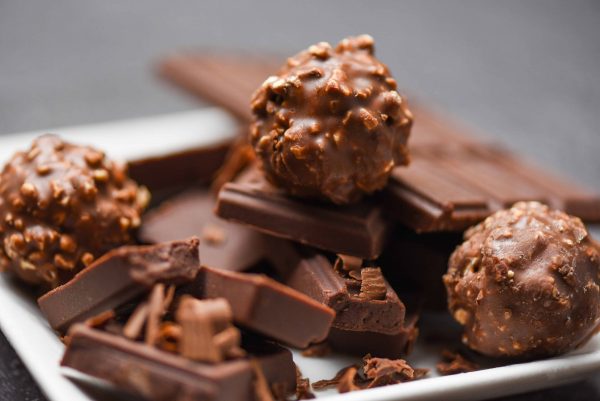
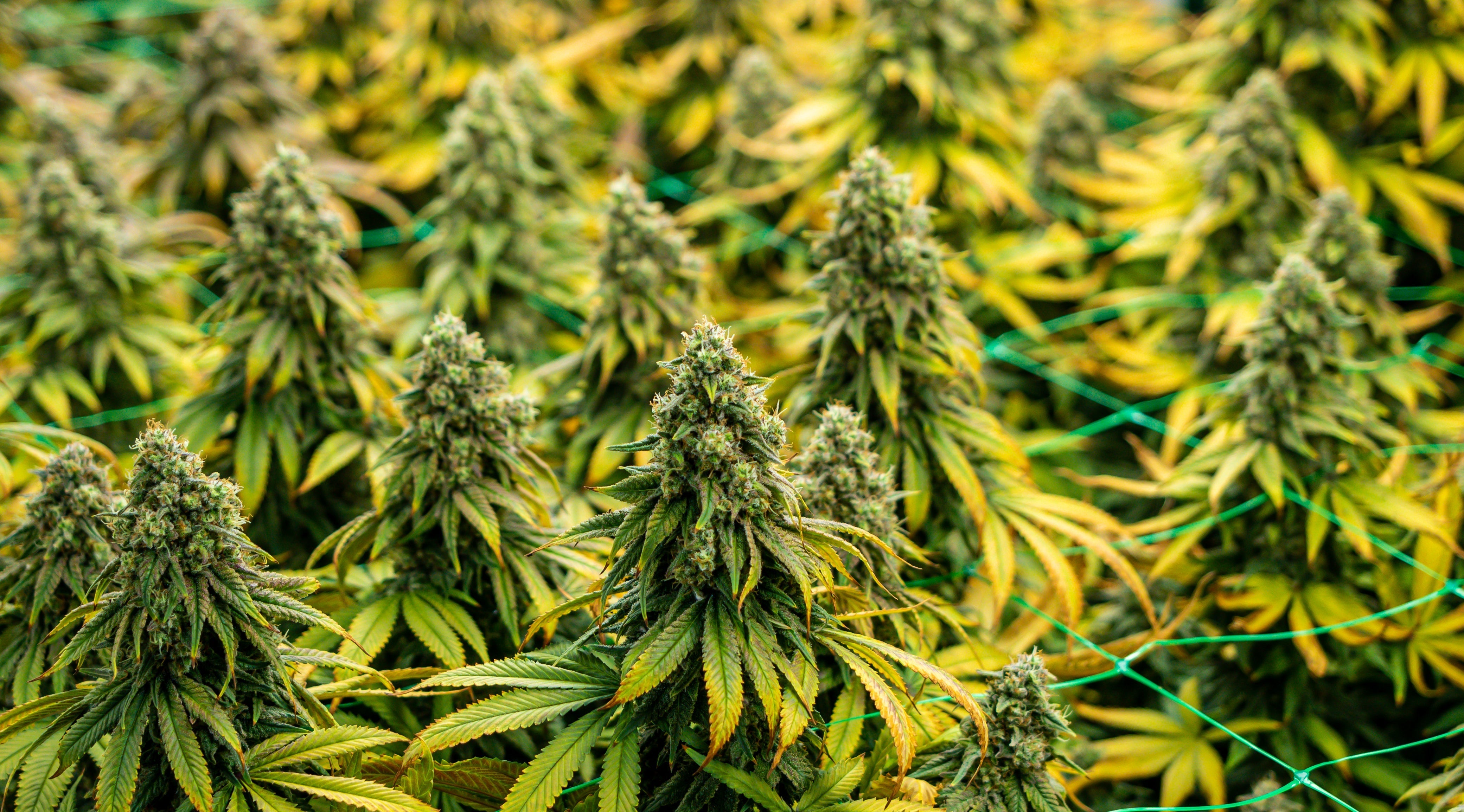
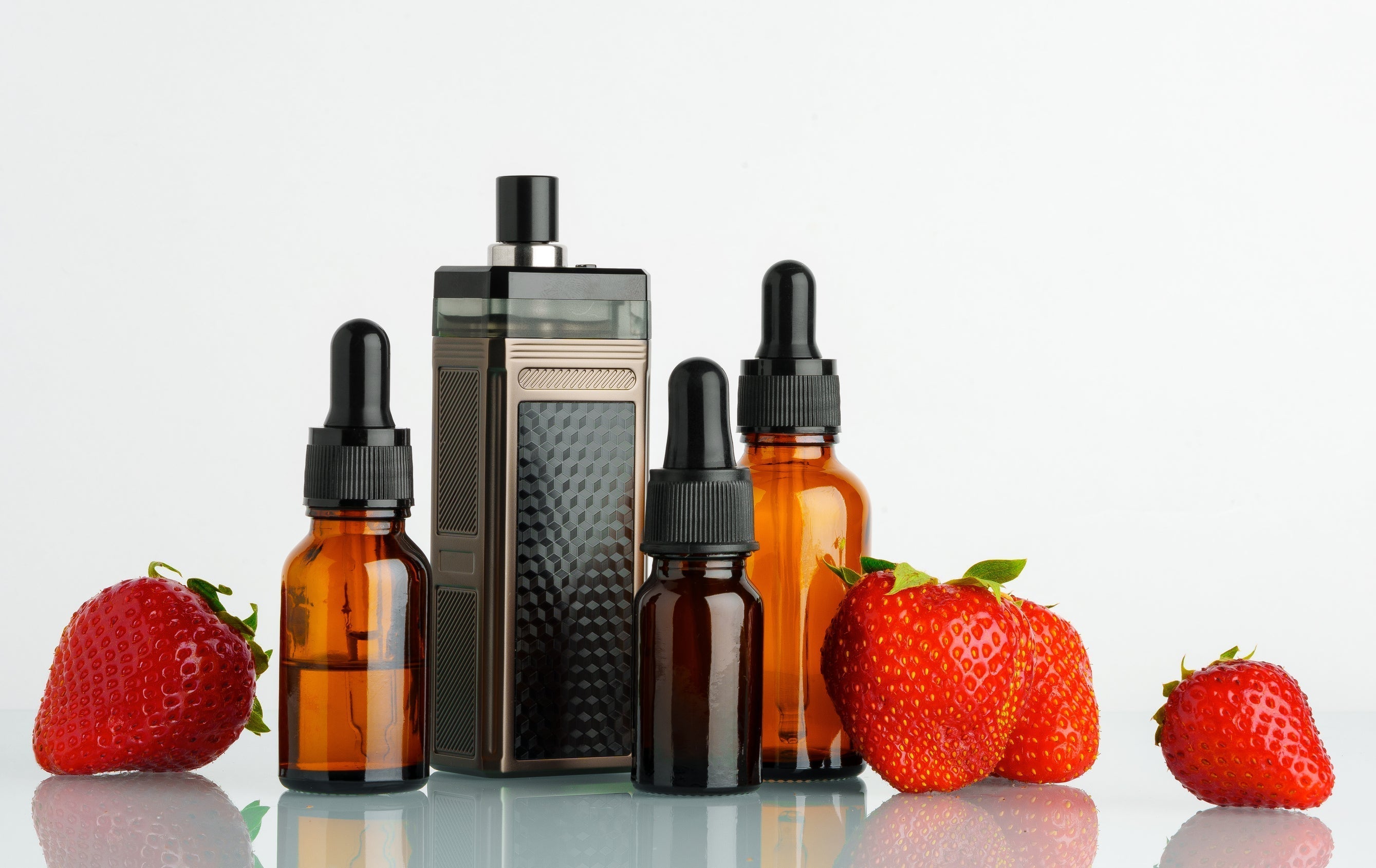

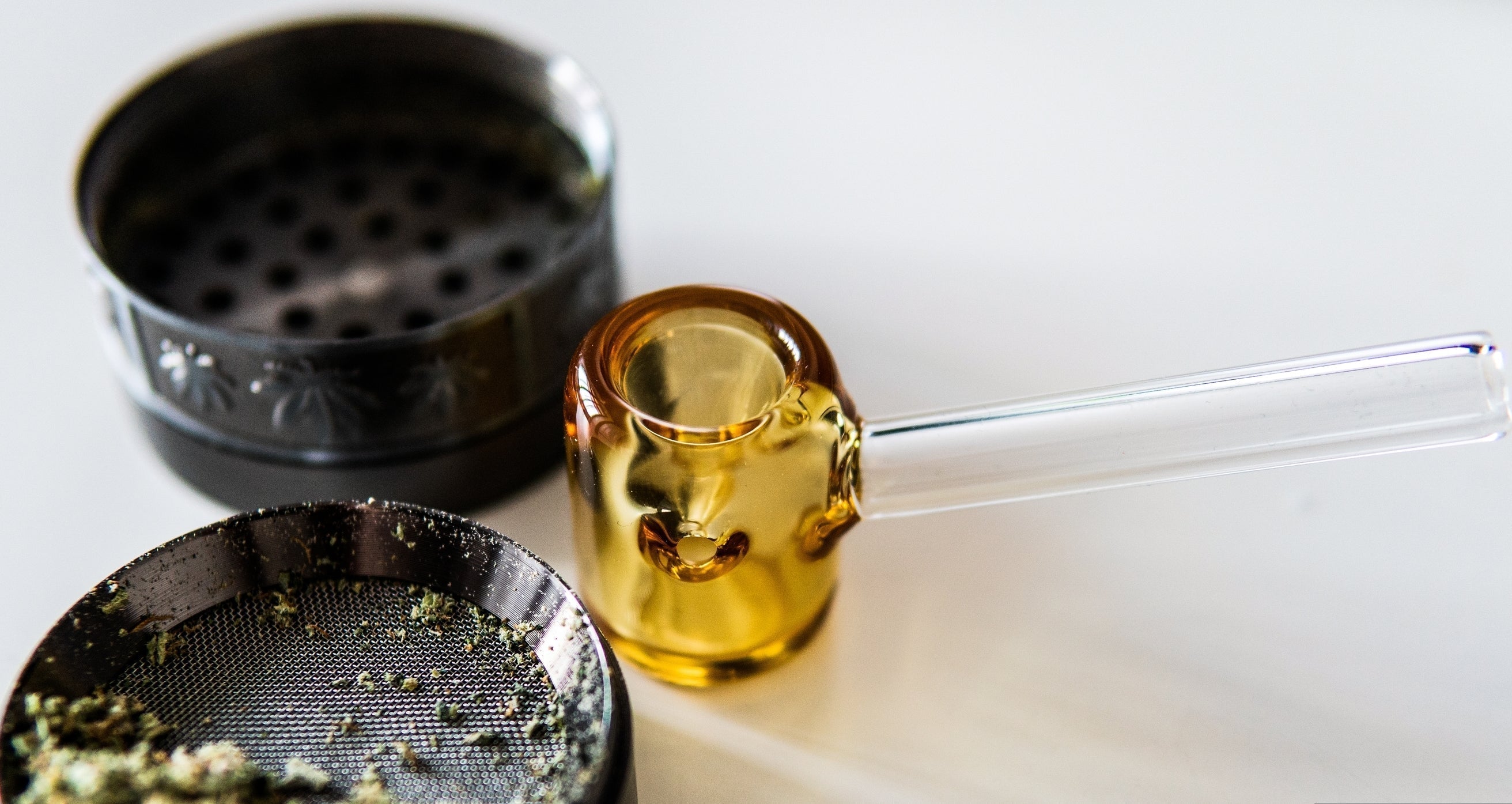
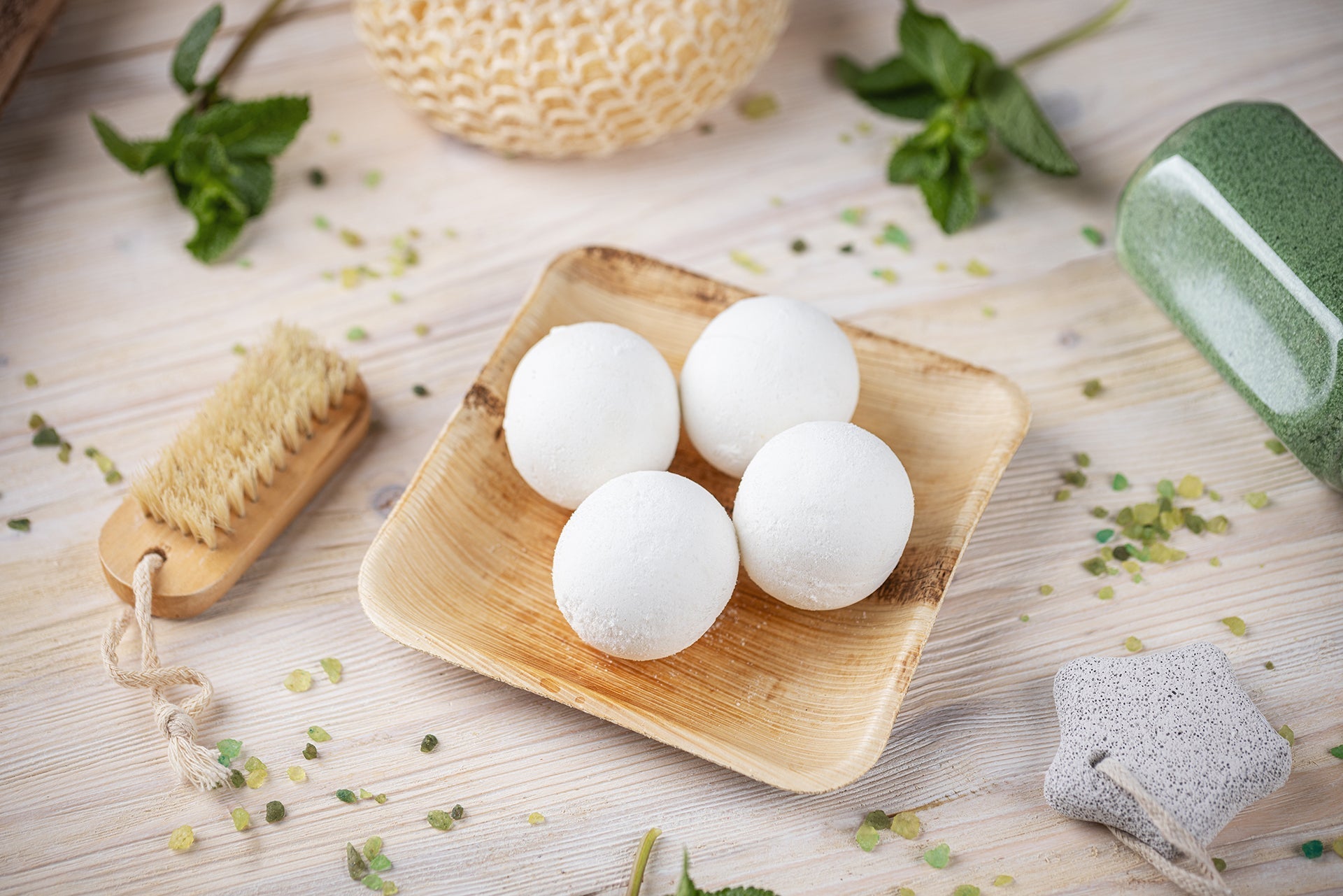
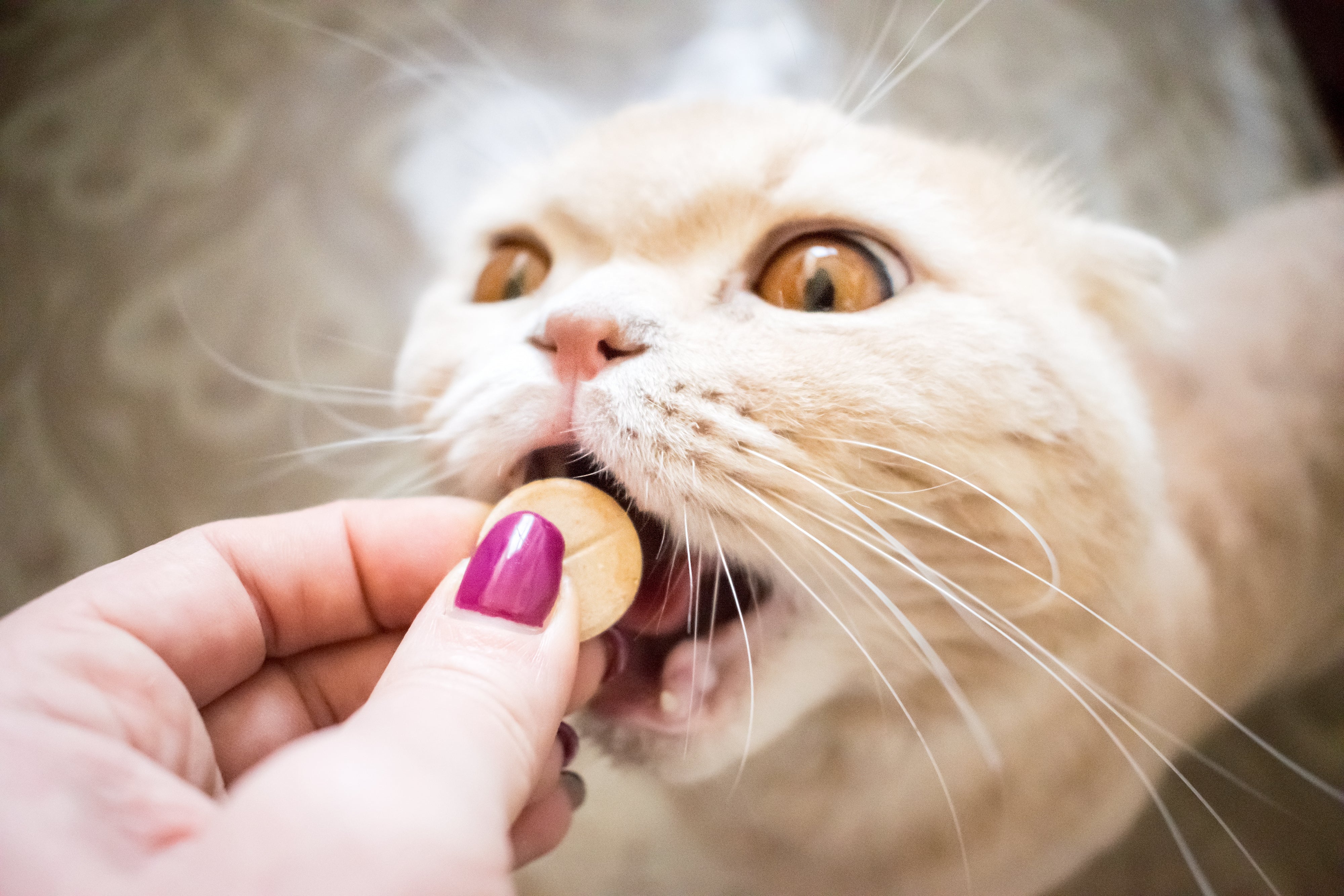
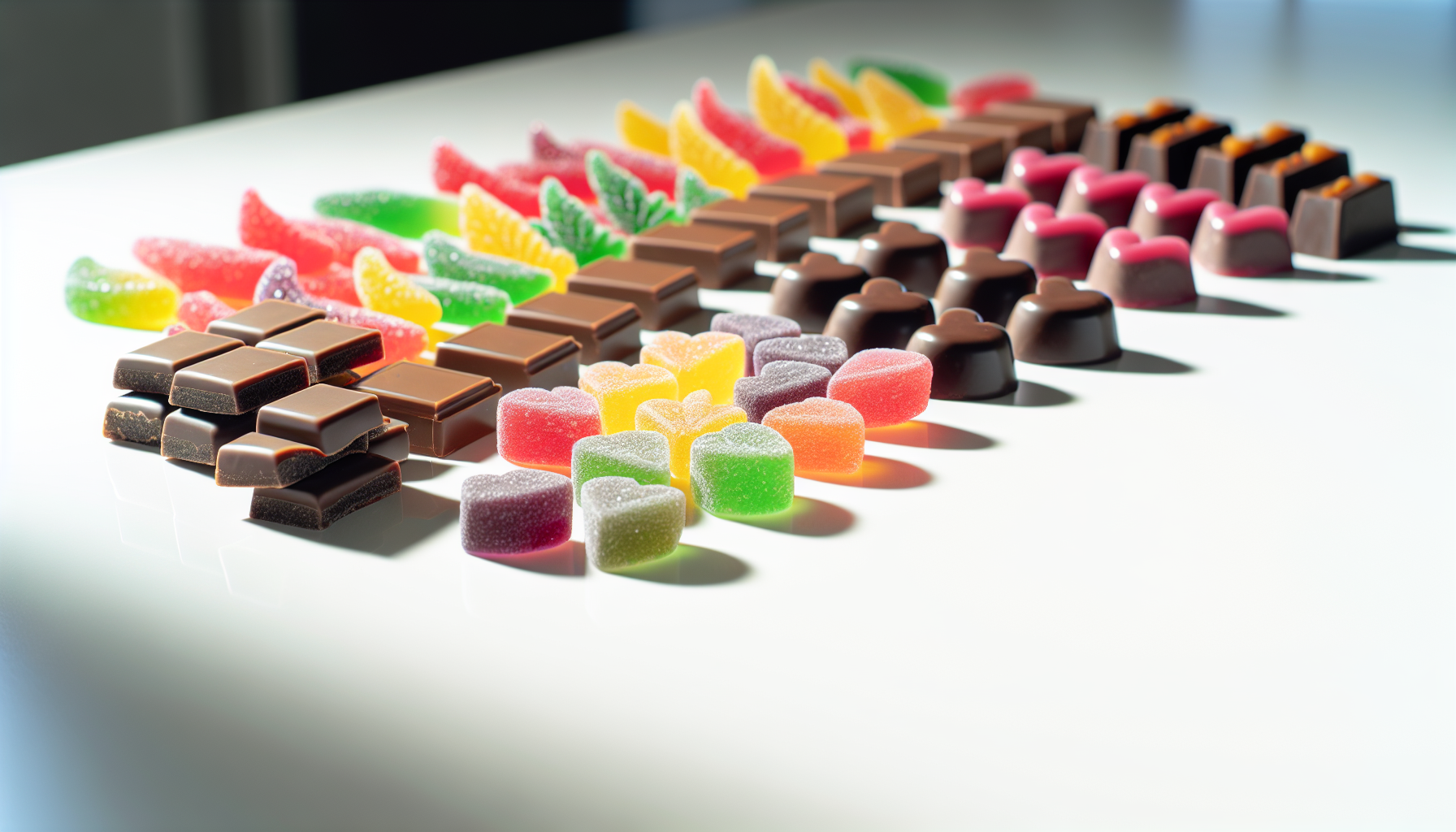
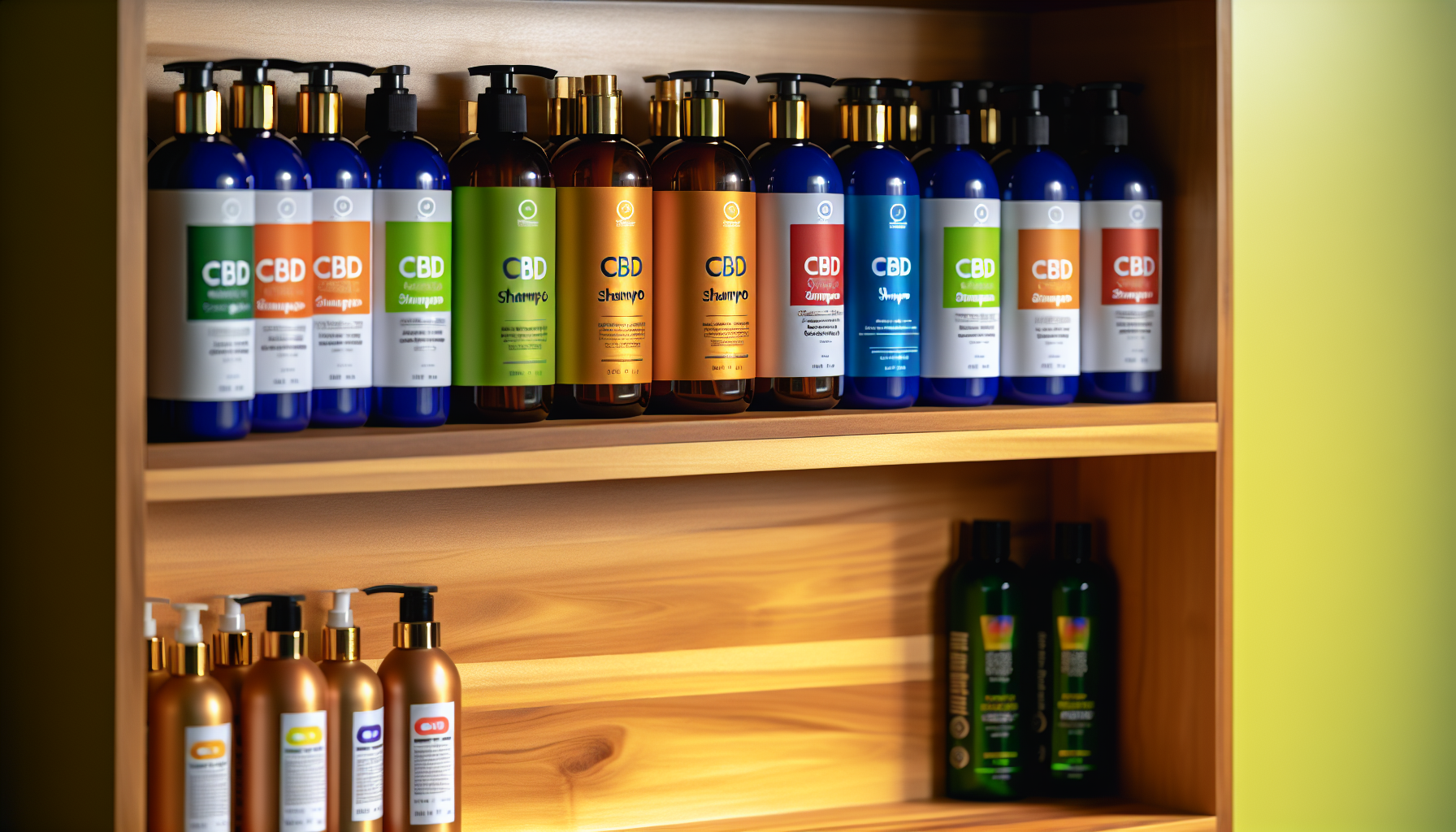
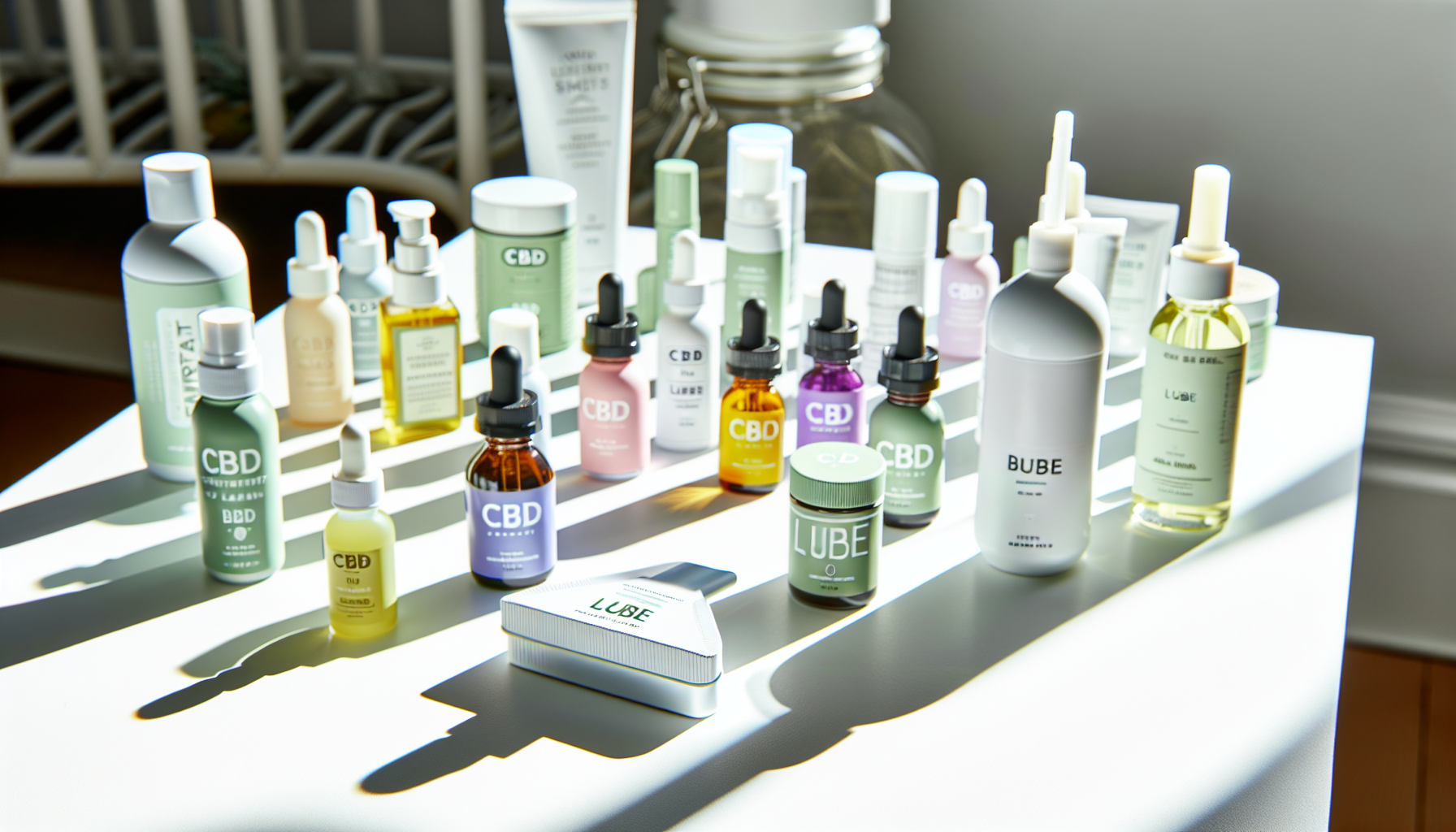
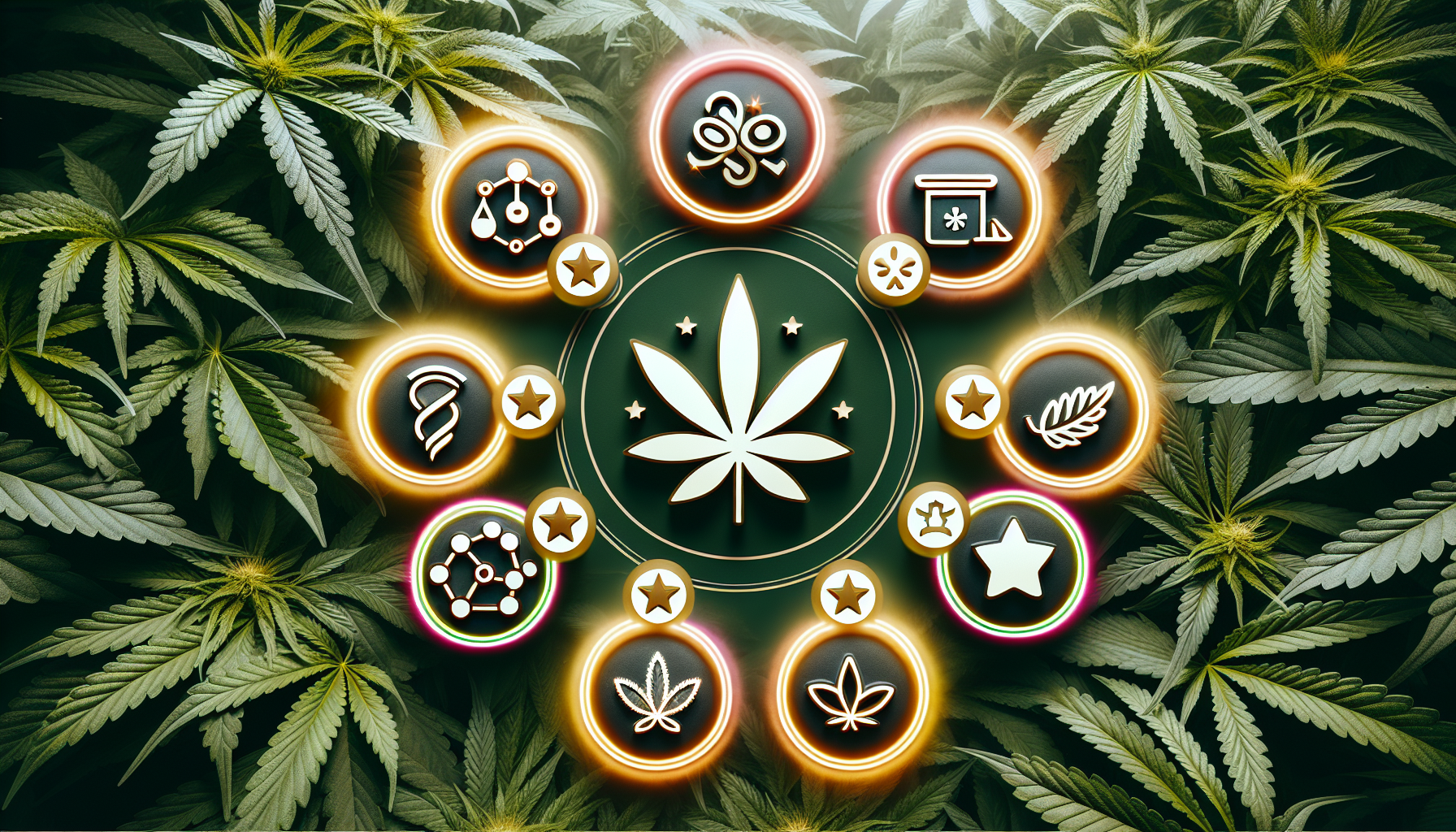
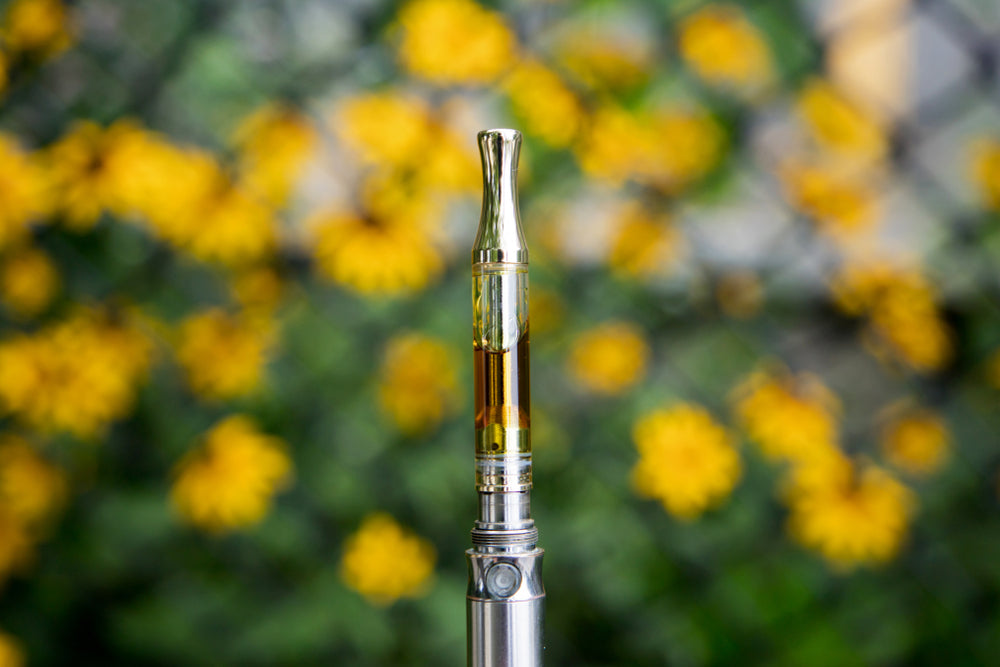
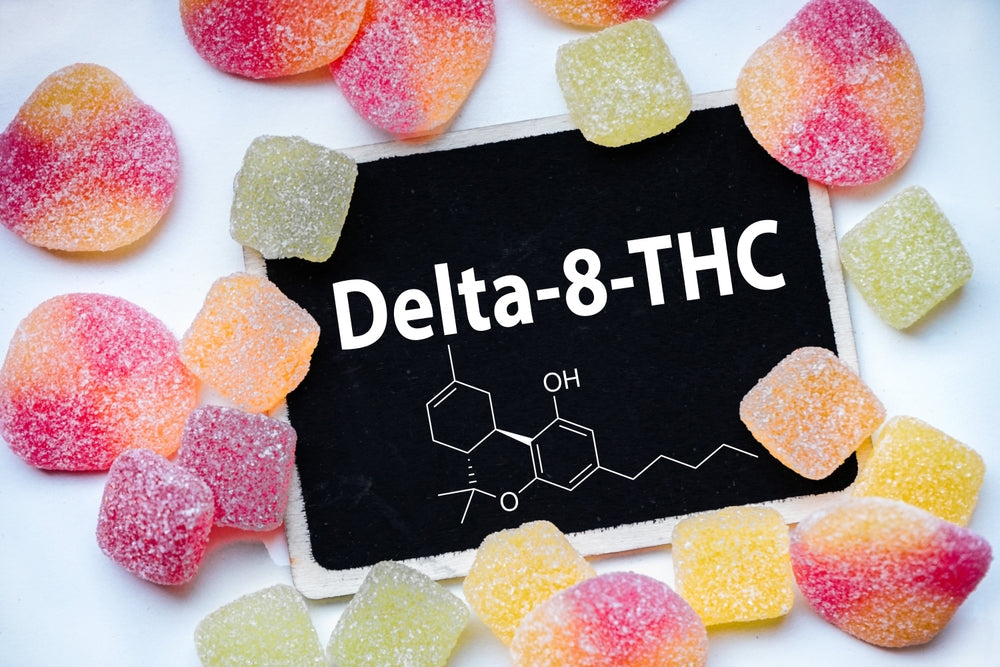
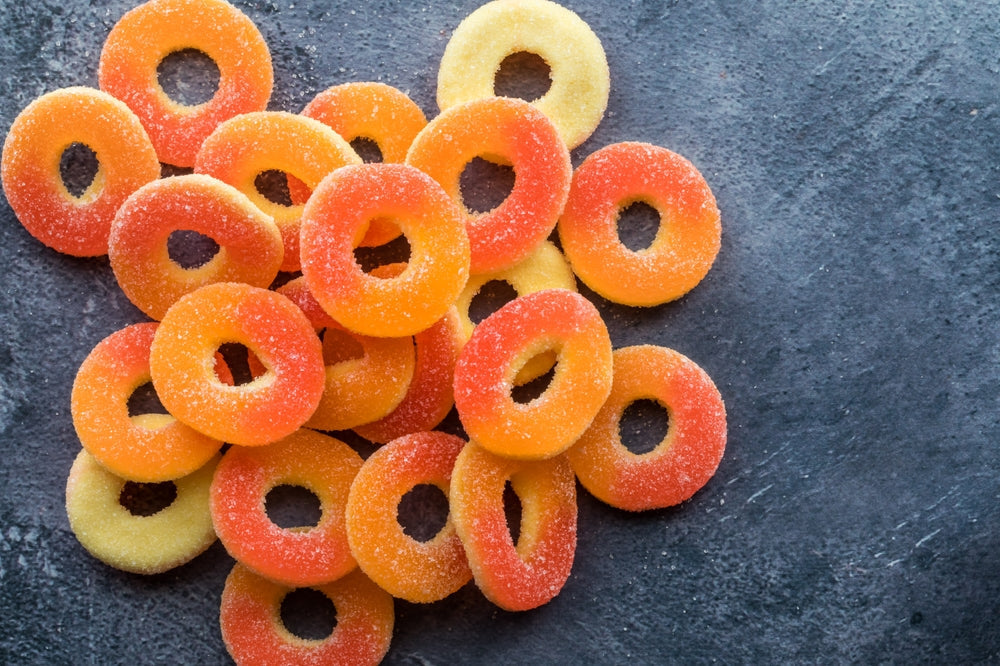
Join in on the Conversation
Your email address will not be published. Once your comment is approved, it will be published.